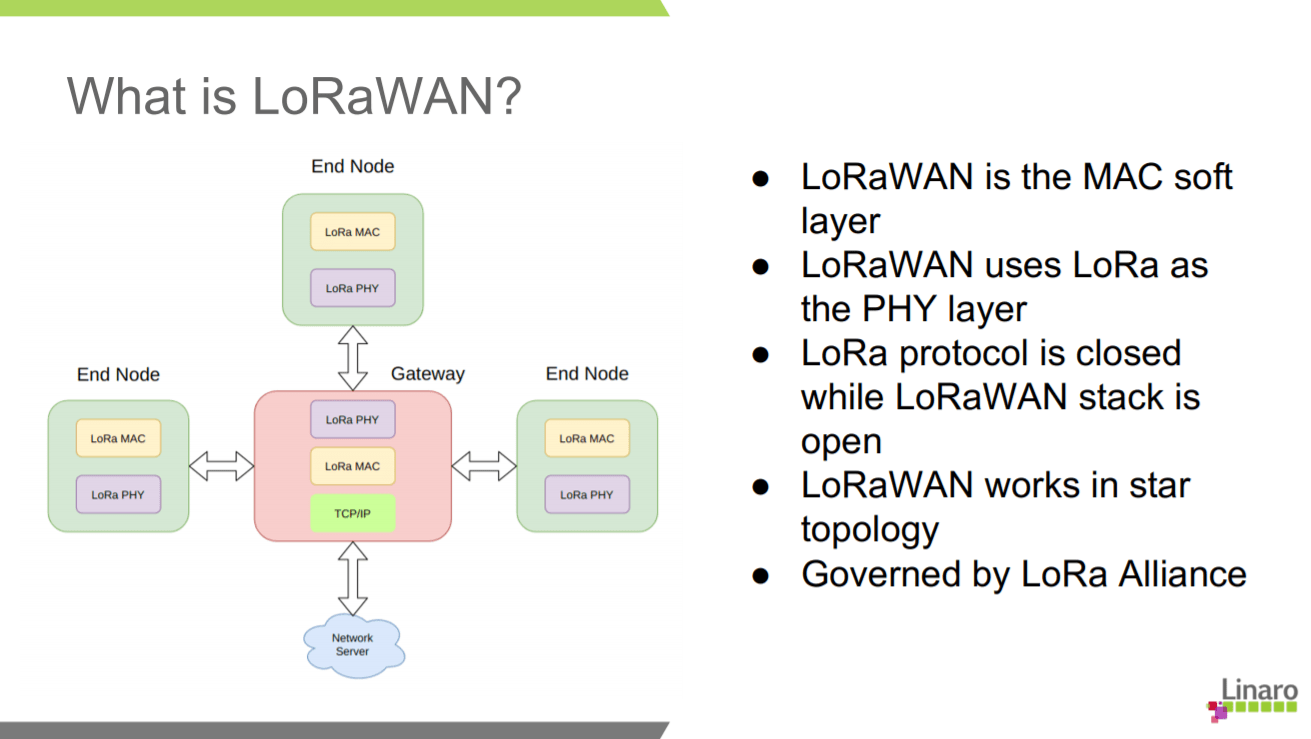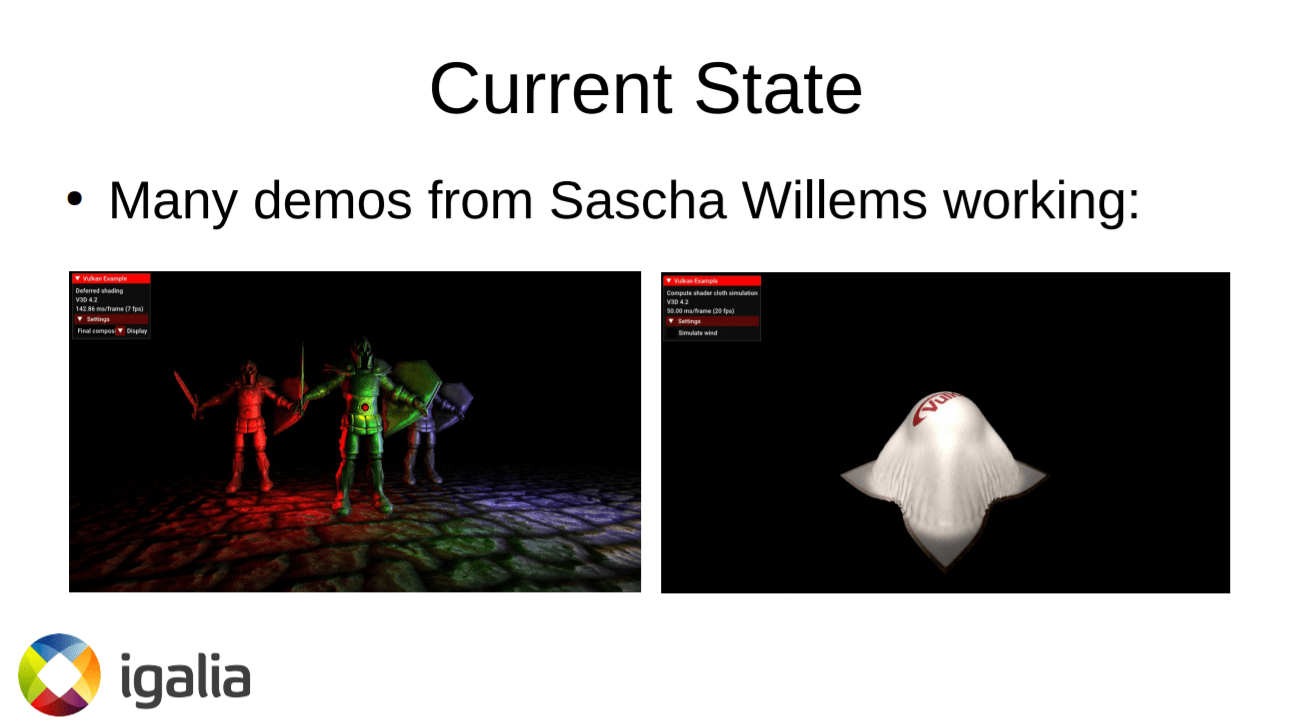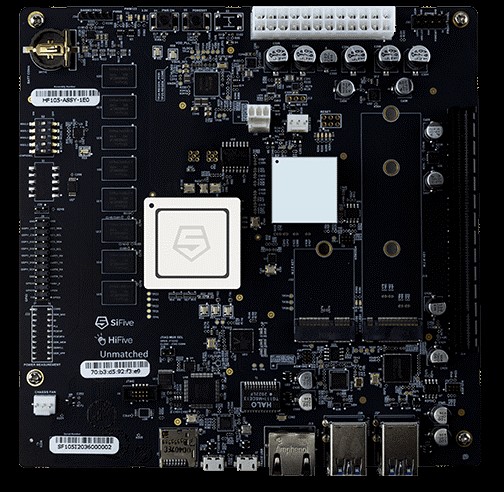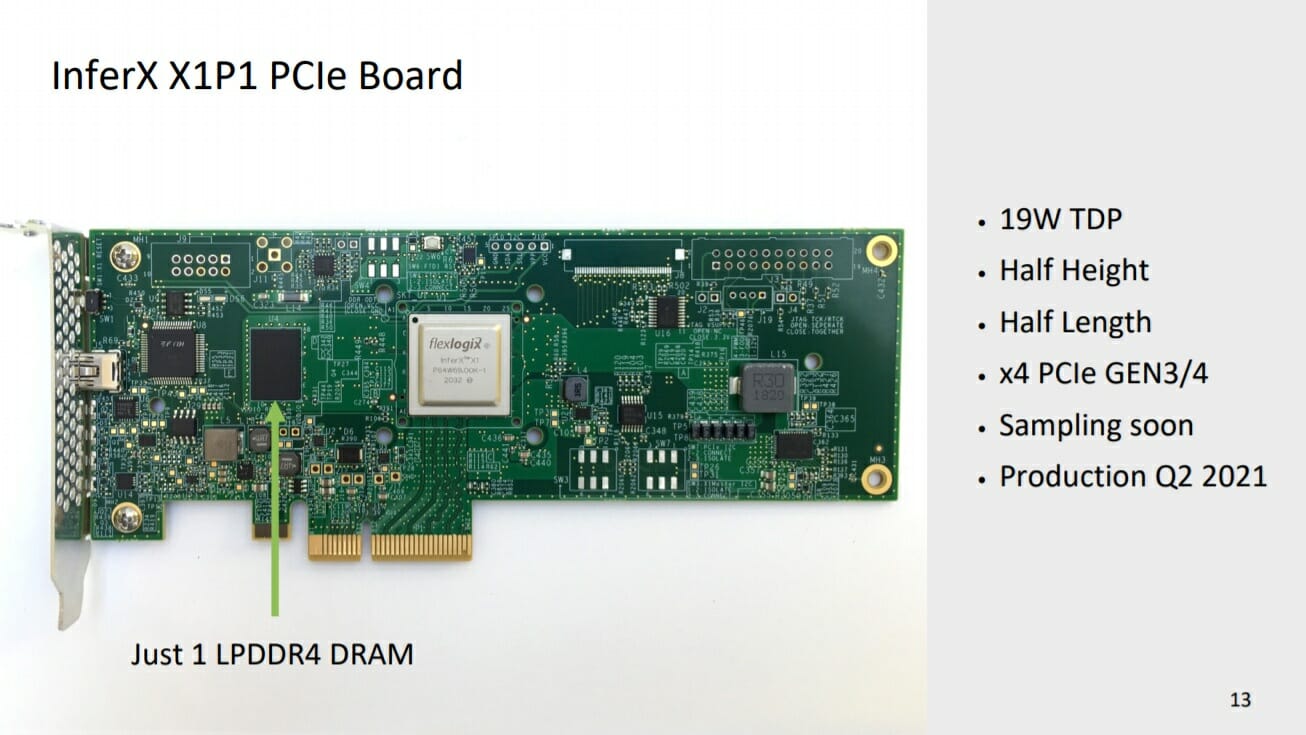For more than 6 years, the LibIIO library has existed to ease the development of software interfacing Linux Industrial I/O (IIO) devices. It is part of the Linux Kernel and a subsystem that provides support for devices like analog to digital or digital to analog converters (ADCs, DACs). This subsystem includes ADCs, accelerometers, pressure sensors, color, light and proximity sensors, temperature sensors, RF transceivers, and many more. You can use LibIIO natively on an embedded Linux target. It is cross-platform, supporting Linux, Windows, and Mac OS. Analog Devices Inc. was the main company behind LibIIO development, which is currently an active open-source library, which many people have contributed to. What does LibIIO do? LibIIO will identify the channels that belong to each device. It will assign specific attributes, one for the channels and one for the devices. Then, it will also create a context that is a place where all […]
LoRa & LoRaWAN support in Zephyr OS
The story of LoRa began in 2009 when Cycleo, a French company, invented LoRa. LoRa (Long Range) support for Zephyr OS goes back to December 2019. Since then, there has been a huge interest among the community to extend their support for it. More recently, LoRaWAN (low-power wide-area network) support was added to Zephyr OS. This will provide true networking support to Zephyr OS over LoRa. It operates in licensed free Sub Gigahertz frequencies (865 MHz-India, 868 MHz-Europe, etc…). It makes the perfect choice for low data rates and long-range applications. What is LoRaWAN? LoRaWAN is a MAC layer that sits on top of the LoRa. According to the OSI model, LoRaWAN is the MAC (media access control) layer while LoRa is the PHY (physical) layer. LoRa protocol is closed, meaning it is proprietary to Semtech, while LoRaWAN specifications are open to the public. The reference implementation is available at […]
Raspberry Pi 4 Vulkan Project Status & Future Plans – Q4 2020
Igalia has been developing a new open-source Mesa driver for the Raspberry Pi 4 since December 2019 and announced the implementation of the classical triangle Vulkan demo last February. Four months after the announcement of the Vulkan effort for Raspberry Pi 4 (v3dv), they merged with Mesa upstream. This means Raspberry Pi 4’s v3dv Vulkan driver has become part of the official Mesa drivers. Thus, bringing several advantages, like easy to find as it is now available on the official Mesa repository. Bugs can now be filed on the official Mesa repository bug tracker. In June, they passed over 70,000 tests from the Khronos Conformance Test Suite for Vulkan 1.0 and had an implementation of a significant subset of the Vulkan 1.0 API. This does not mean that the driver is ready for production use as they have implemented the full Vulkan 1.0 API. They are now passing over 100,000 tests in the Kronos […]
SiFive launches HiFive Unmatched mini-ITX motherboard for RISC-V PC’s
When it comes to RISC-V based SoC, SiFive has always set a benchmark in the RISC-V ecosystem. On 29th October 2020, SiFive confirmed the first-ever RISC-V PC. After an increased demand for AI-focused RISC-V microarchitecture, targeting all applications from artificial intelligence, the internet of things, high-performance computing, and now even desktop PCs. SiFive Freedom U740 powered HiFive Unmatched mini-ITX motherboard comes with a complete development environment which allows developers to create RISC-V based applications from bare-metal to Linux-based systems. “HiFive Unmatched ushers in a new era of RISC-V Linux development with a platform in a PC form factor. Powered by the SiFive Freedom U740, a high-performance multi-core, 64-bit dual-issue, superscalar RISC-V processor.”, SiFive says. It is the world’s fastest native RISC-V development platform. SiFive HiFive Unmatched Board At the heart of the SiFive board is a SiFive FU740 processor coupled with 8 GB DDR4 memory and 32 MB SPI Flash. It […]
InferX X1 SDK, PCIe and M.2 Boards for edge inference acceleration
Last week, Flex Logix announced the InferX X1 AI Inference Accelerator at Linley Fall Conference 2020. Today, they announced the InferX X1 SDK, PCIe board, and M.2 board. InferX X1 Edge Inference SDK The InferX Edge Inference SDK is simple and easy. The input to the compiler can be an open-source high-level, hardware-agnostic implementation of the neural network model that can be TensorFlow Lite or ONNX model. The compiler takes this model and looks for the available X1 resources and generates a binary executable file. This goes to the runtime which then takes the input stream, for example, a live feed from a camera. The user has to specify which compiler model, then the InferX X1 driver takes it and sends it to hardware. The binary file generated is fed to InferX X1 through the runtime. Then it takes the input data stream with a user-specified model and gives the […]
Flex Logix InferX X1 AI Inference Accelerator Takes on NVIDIA Jetson Xavier NX
When it comes to AI inference accelerators, NVIDIA has captured the market as drones, intelligent high-resolution sensors, network video recorders, portable medical devices, and other industrial IoT systems use NVIDIA Jetson Xavier NX. This might change as Flex Logix’s InferX X1 AI inference accelerator has been shown to outperform Jetson Xavier NX as well as Tesla T4. During the Linley Fall Conference 2020, Flex Logix showcased InferX X1 AI Inference Accelerator, its performance, and how it outperformed other edge inference chips. It is the most powerful edge inference coprocessor with high throughput, low latency, high accuracy, large model megapixels images, and small die for embedded computing devices at the edge. The estimated worst-case TDP (933MHz, YOLOv3) is 13.5W. The coprocessor operates on the INT8 or BF16 precision over a batch size of 1 for minimum latency. The nnMAX Reconfigurable Tensor Processor accelerator engine exists in the edge inference coprocessor- InferX […]
CloudBEAR BM-310 RISC-V MCU core for IoT applications
In the pool of 32-bit RISC-V microcontroller cores (E20 by SiFive, VEGA ET1031 by C-DAC), CloudBEAR showcased its 32-bit small and efficient MCU core – BM-310 at RISC-V GLOBAL FORUM 2020. CloudBEAR works on providing services like processor IP customization, support for RISC-V ISA extensions, product integration within a system-on-chip, and configurable instruction and data cache. Let’s first look into the CloudBEAR processor IP portfolio. It has three different product lines- BM series, BR series, and BI series. First, the BM series targets small and efficient MCUs cores. Second, the BR series targets fast and compact embedded cores. The third and most important BI series is about Linux capable application cores. In this article, we will look into the details of BM-310, which is the RISC-V MCU core for embedded and IoT solutions. BM-310 Architecture As RISC-V is a modular instruction set, extensions are optional for the developer. BM-310 architecture […]









